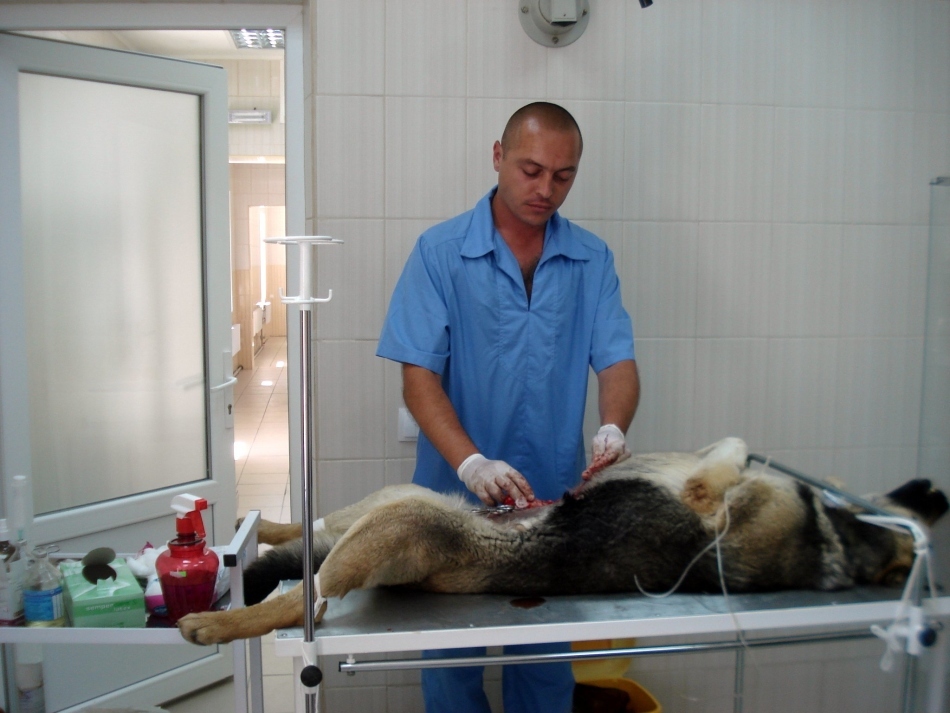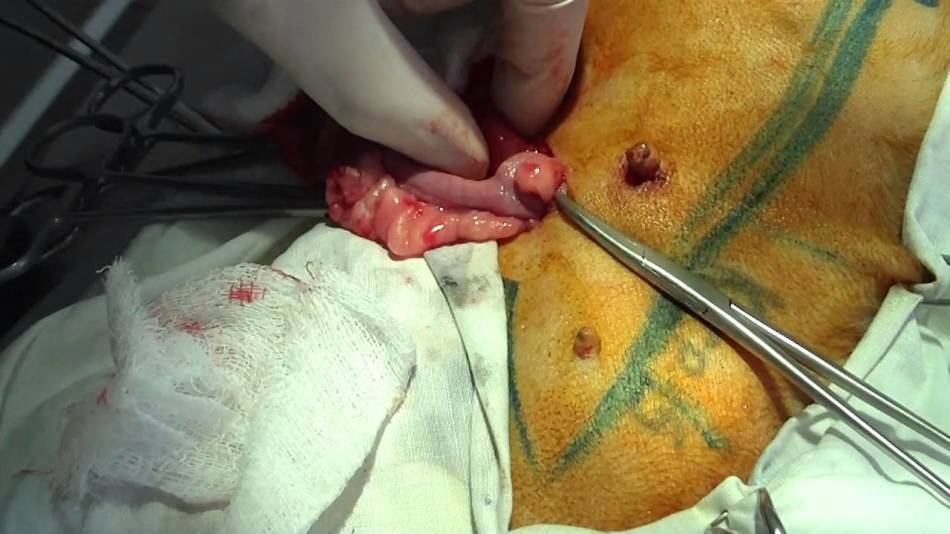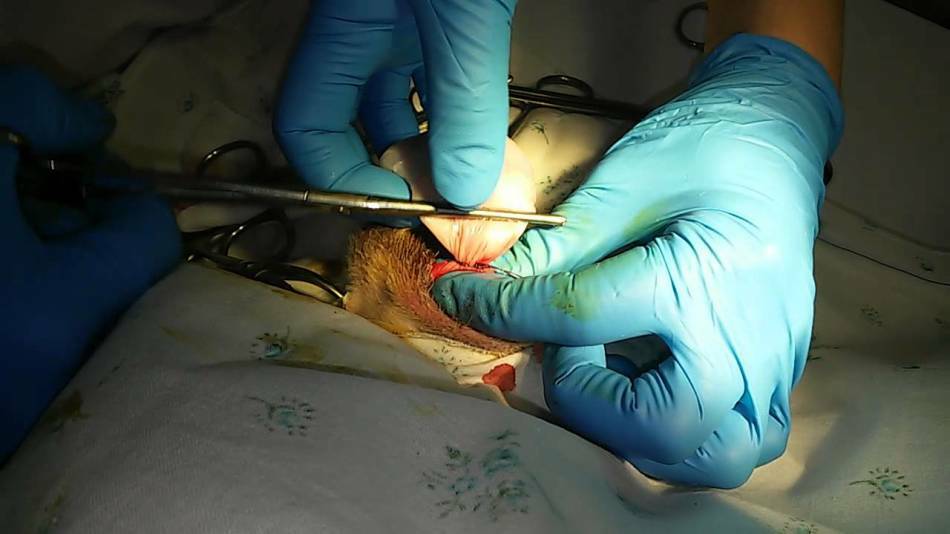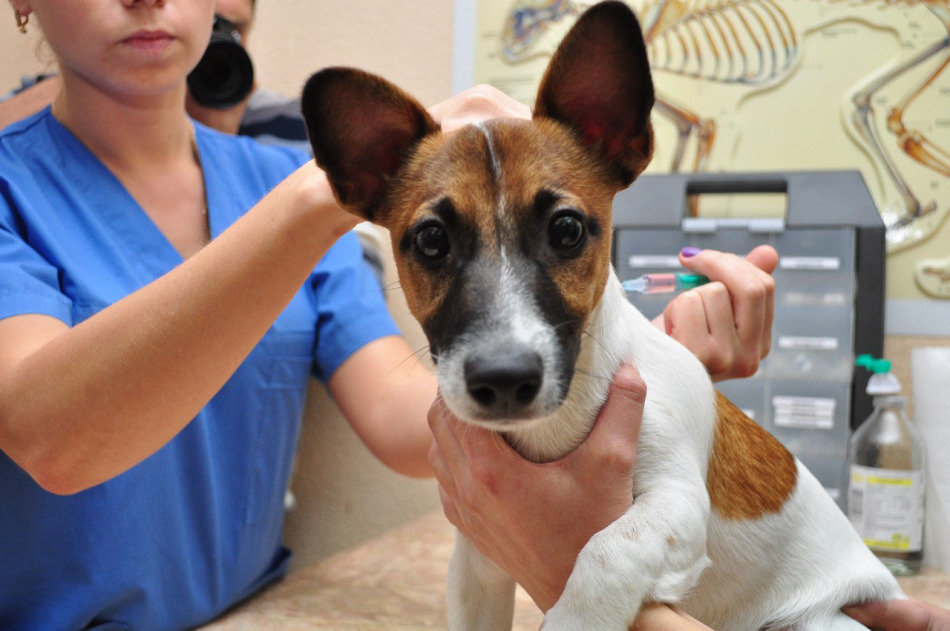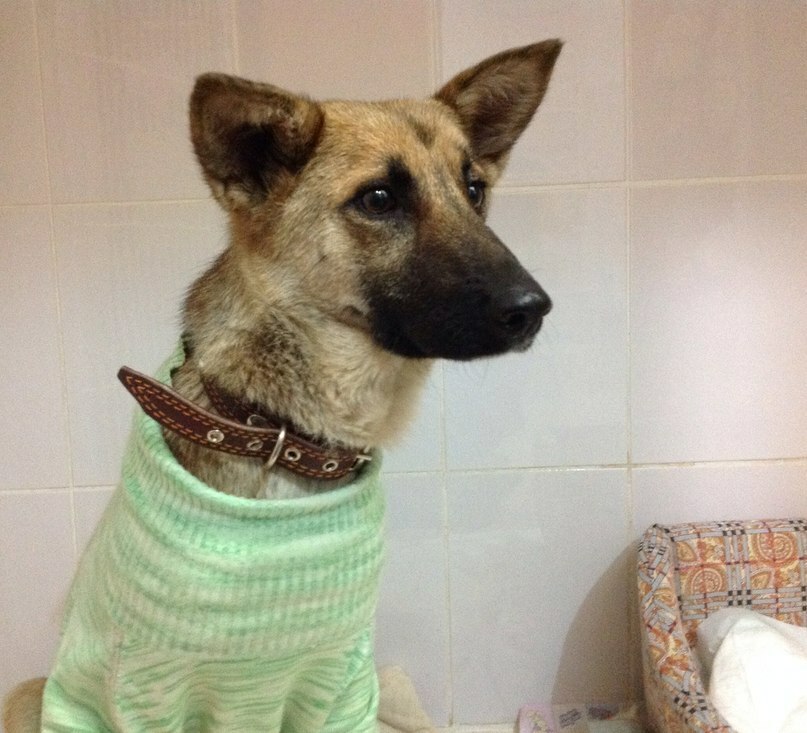Differences in castration and sterilization of a dog. Care of animals after sterilization.
Contents
- What is the difference between castration and sterilization of dogs?
- Dog Sterilization, Pros and Cons
- Methods for Dog Sterilization
- Behavior of the Dog after Sterilization
- Dog Care after Sterilization
- What complications can occur after the sterilization of the dog?
- Castration of dogs, pros and cons
- Dog care after castration
- Consequences after castration of dog
- VIDEO: Castration of dog
Many owners of cats and dogs, only having bought an animal, plan castration or sterilization. Such animals are called a "pillow", since a four-footed friend is not set up to obtain offspring and profit, but for beauty.
What is the difference between castration and sterilization of dogs?
- Most ignorant people think that it is possible to castrate only a male, that is, a male. But this is not quite so
- You can sterilize and castrate as well as the female. The difference is in the difference in the methods of conducting the operation. When castration, the animal completely or partially removed the genitals
- The female cuts the uterus with the ovaries. Previously, only the ovaries were removed, but because of the increase in the number of cases of tumors on the uterus, it was also removed
- When castrated, males cut two eggs. Animals in this case completely change. Behavior becomes less aggressive, since there is no surge of hormones
- When sterilized in females, the fallopian tubes are bandaged, and in males the spermatic cord. In this case the animal behaves, as well as the unsterilized individual
- The hormonal background of the animal does not change. It can ask to mate and even do this in the presence of the opposite sex, but the offspring after mating will not be

Sterilization of dogs, pros and cons
When sterilized, the quadruple's sexual system remains untouched. Many owners think this is the norm and they think that they care for the pet.
But this does not eliminate the sexual desire, respectively, the dog( male) will jump on the toys, the feet of people, making frictional movements. The male can mark the territory and aggressively behave.
After sterilization of the female, the estrus does not disappear anywhere, the animal rubs everything about everything, blood is allocated. The behavior of the animal can become intolerable. The female can mate with the male, but without obtaining offspring.
The benefits of sterilization:
- The animal's sex system remains intact
- The hormonal background does not change
- The behavior of the animal is the same as before the
- procedure. Pet care is simple after the intervention, and recovery is faster than after castration.
Disadvantages of sterilization:
- Aggression during the mating period
- Possibility of damage to furniture during this period
- Possibility to develop ovarian or uterine cancer in females and testicles in males
Methods of dog sterilization
exists several ways of sterilization of dogs:
- Cavity method. This is a full-fledged surgical operation during which the surgeon makes an incision and bandages the uterine tubes and spermatic cord with a scalpel. Rehabilitation of large breeds after surgery is lengthy because of the size and soreness of the joints.
- Endoscopy. Simply put it's a laparoscopy. During the procedure, three probes are inserted through the three microscopic incisions into the abdominal cavity of the animal. Through one tube, gas is supplied, which expands the peritoneum and makes an organ review better. The second probe is a bandage, and the third tube is a camera. Sewing after surgery is not necessary, because the wounds are very small. The dog is recovered only a few days.
- Chemical or radio methods. During chemical sterilization, a large number of hormones are introduced, which for some time make it impossible to conceive. After a while, you will have to repeat the procedure. Very often, after hormonal injections or irradiation of the animal, there is cancer, pyometra, endometritis
Behavior of the dog after sterilization
If this is a sterilization with bandaging of pipes or seminal rope, then the behavior of the animal does not change in any way, as the hormonal background is unchanged.
The dog wants to mate, aggression may occur. Males tend to dominate.
Dog care after sterilization
There are several rules that must be followed after sterilization:
- Do not feed the dog without harm up to three days. If the animal does not want to eat, do not force it. Water let's drink necessarily
- The seams can not be processed using special threads. The doctor
- will tell you about this. Be sure to cover the dog until it comes out of anesthesia. Do not apply a heating pad
- Walking with a dog is necessary, but exclude jumps and moving games so that the seams do not part
- Do not feed the dog for the first week with dry food. In the diet should be only soups and canned food
- . While the animal did not come out of anesthesia, use absorbent diapers, the dog can be described
- . If the pain is severe, give the animal antispasmodic
. What complications may occur after the dog is sterilized?
Despite the simplicity of the operation, complications are possible, complications may occur:
- Seam divergence
- Pulmonary edema
- Internal bleeding
- Hernia
- Inflammation of the joints
- Heart disorders
Castration of dogs, pros and cons
- Operation is more difficult than sterilization, since the genital organs of the animal are removed. But has a number of advantages than sterilization:
- Behavior of a four-legged friend changes for the better, the female does not flow, and the dog does not mark the territory
- The aggression and desire to tear
- disappears The dog does not have the sexual desire
But many animal owners consider this operation inhuman and dangerous. Of course, the recovery period is long, but why torture the animal if you do not want to rear your offspring?
At what age is it necessary to castrate a dog?
- For small breeds, it is best to castrate at seven months of age. Giant breeds need to be castrated in 1-1,5 years.
- It is better to follow the behavior of the animal, with changes and the appearance of sexual desire it is worthwhile to conduct the procedure. At this age, the animal's sexual system has been formed, but there is no desire to mark corners, there is no aggression in behavior. This is the best period for the operation
- You can castrate after 7 years of life, but the health of a mature animal is not the best. The stitches last longer and complications are possible. Early sterilization is not welcome. The animal is quickly restored, but there may be problems with the development of the reproductive system
Dog care after castration
- Care is not much different after sterilization and castration. The risk of a drop in the pulse or stopping the breathing is high. It is necessary to listen constantly to the breathing of the pet and to probe the pulse of the
- . Be sure to use absorbent diapers until the buddy wakes up. Cover the animal with a blanket. Recommendations for the care of seams will give the surgeon
- If pain occurs, give an antispasmodic or anesthetic. Be sure to feed the pet diet food, do not allow to run for a walk. At this time, you can walk with the dog using the leash
Do not allow the animal to lick the wounds. Put on overalls or panties. You can wear a special collar-shaped collar.
Consequences after castration of a dog
Basically negative consequences arise because of non-observance of rules of leaving by the owner or infringements during the operation.
Possible consequences of castration:
- Seizure and divergence of sutures
- Infection of infection with improper care or during intervention
- Urinary incontinence
- Hernia
- Abscess and peritonitis
Such effects are not dangerous:
- Vomiting 1-2 times after anesthesia
- Urinary incontinence before exitinganesthesia
- Minor decrease or increase in temperature
- Frequent breathing
- Anxiety
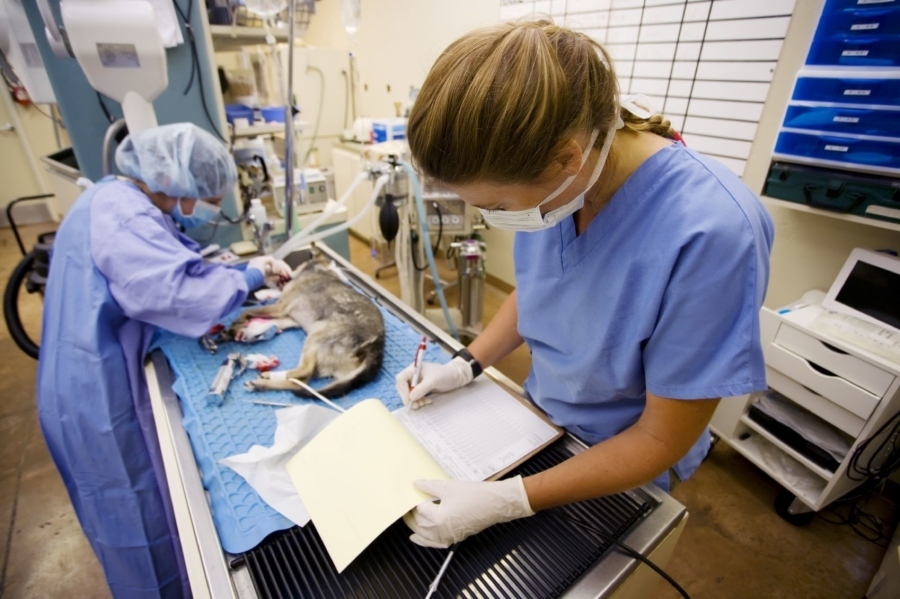
Despite the traumatic castration and sterilization, more and more owners are seeking to make an operationth their pets. This makes life easier for the dog and owner.

